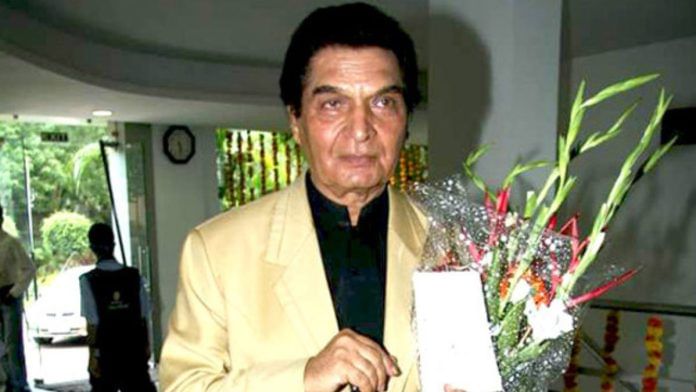New Delhi: Govardhan Asrani was that face in Hindi cinema that lived in the background of our memories for over five decades, remembered with his sharp dialogue delivery and a laugh that’s best described as contagious. The eternal “side artist” who could cheekily steal the scene while sharing the frame with legendary actors—from Amitabh Bachchan to Rajesh Khanna.
He may not be the loudest in the room, but he was often the reason it felt alive. Over more than five decades, in more than 300 films, actors like him define eras through the comfort of their consistency.
His journey from Jaipur, through Film and Television Institute of India (FTII), to becoming a part of the audience’s cinematic DNA was a study in how craft and emotional intelligence can outlast the noise of stardom. He was among FTII’s earliest graduates in the 1960s, part of the generation that included Shatrughan Sinha and Subhash Ghai, actors who entered the industry with a deep respect for performance over glamour.
Asrani’s wish to keep his last rites private speaks of his humility. “He did not want any commotion after his death,” said his manager. It was a fitting farewell for an actor who never sought attention but earned it through substance and craft.
Revolution of the character actor
In an industry that often celebrates a lead star, Asrani exemplified the undervalued power of the character actor. His dialogue “Hum angrezon ke zamane ke jailer hain,” in Sholay (1975) is as much a part of pop-culture as the film’s larger myths.
Yet to reduce him to that one role would be unfair. From the emotional depth of Koshish and the humour of Chupke Chupke to the madness of Amar Akbar Anthony, Hera Pheri, and Andaaz Apna Apna, he demonstrated a remarkable range. Unlike others, his humour had a soul that came from empathy and observing the absurdities and quirks of middle-class India.
Besides acting, his contribution extended behind the camera as a director. Throughout his career, he had directed six films: Chala Murari Hero Banne (1977), Salaam Memsaab (1979), Hum Nahin Sudhrenge (1980), Dil Hi To Hai (1992), and Udaan (1997). And this journey from acting to directing highlighted a creative vision rooted in the belief that cinema is a reflection of life’s simplicities and complexities. Films like Chala Murari Hero Banne and Salaam Memsaab, emphasised humour, human relationships, and cultural nuances—elements he mastered as an actor.
He was the bridge connecting the era of legendary actors like Bachchan and Khanna in the 70s, Govinda and Salman Khan in the 90s, and even later, in films like Malamaal Weekly and Dhamaal. He had an adaptability that allowed him to stretch across decades while retaining authenticity and charm. He connected the 1970s world of Hrishikesh Mukherjee-Basu Chatterjee sensibilities to the modern masala cinema of the 90s and beyond.
Also read: Chunky Panday never achieved Bollywood stardom, just fleeting fame and some funny lines
The void
The gap he leaves is one of presence. There are very few actors of his scale who could evoke laughter, affection and a bit of nostalgia in a single glance. In a film industry that is increasingly driven by franchise logic, the trust one had in Ansari to hold a scene is rare now. Without him, filmmakers must search for that quiet, multi-layered performer again.
The challenge for the industry now is to raise up and recognise more of these indispensable in-between actors while they are still here, rather than eulogising them only posthumously.
His legacy, without fanfare, shaped Bollywood’s comedy scene and gave character-acting a place of prominence. Moreover, his career reminds us that cinema’s power lies in storytellers, the actors who build the world around the heroes, who bring texture, heart and relatability to stories that resonate across generations.
Hrishikesh Mukherjee once said in an interview, “It is neither Rajesh Khanna nor Dharmendra. Not even Amitabh Bachchan. It is Asrani. What a talent, what an actor! Cast him as anyone, anything, he is ready for the challenge. I get restless when I don’t have him in my film.”
His passing feels like the closing of a familiar door that creaks a little but always opens to laughter.
(Edited by Saptak Datta)






